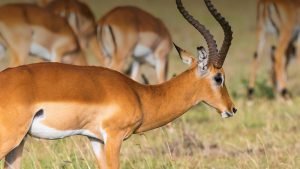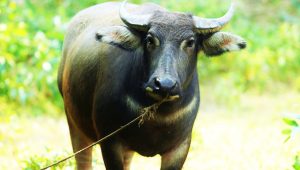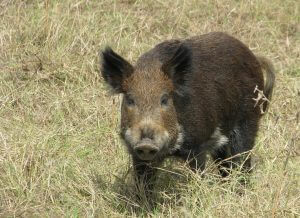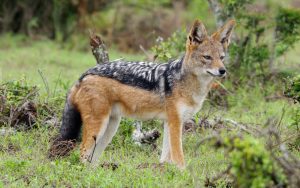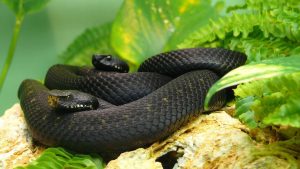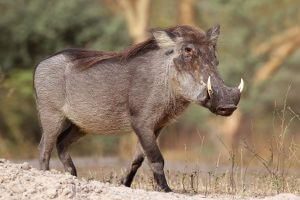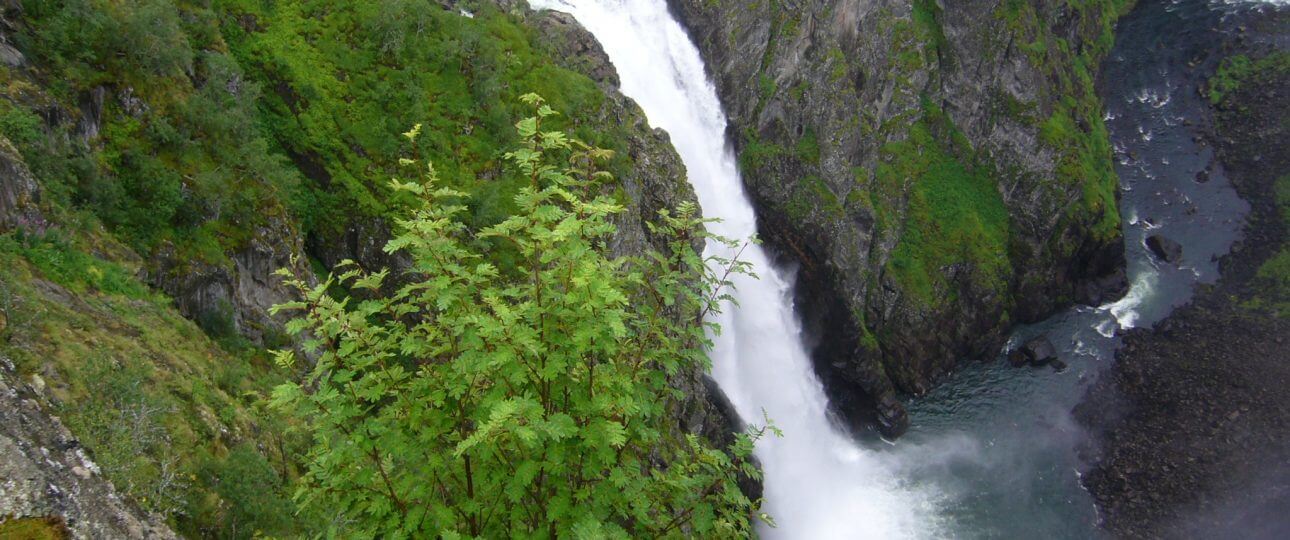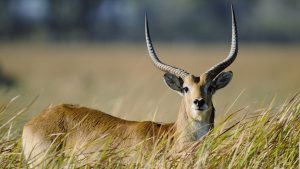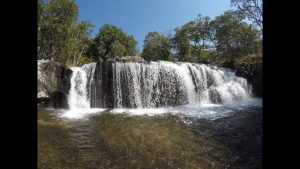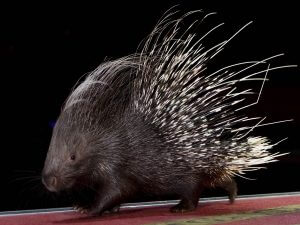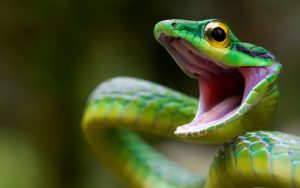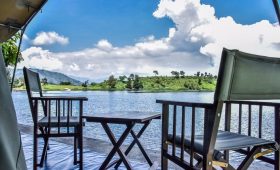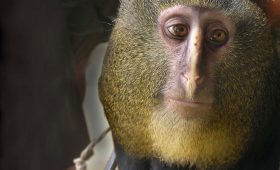Explore the Kundelungu National park located adjacent to the Upemba national park in the Grand Katanga region. The region has been divided into 4 different provinces namely Haut Katanga, Haut Lomami, Tanganyika and Lualaba. Kundelungu National park is stretching up to 7600 square kilometers. Moreover, the park was a private hunting ground before it was declared to be a protected area for wildlife conservation. Therefore, hunting activities were suspended as it became illegal to perform hunting safaris in Kundelungu national Park.
The Park is made up of two zones which is the western part that is offering the Lofoi Falls and scenery is of great Adventure as you will hike up to 165m above the sea level.
The waterfall is more fascinating and stunning in the rainy season. In Kundelungu, the sight is unforgettable in all circumstances. It comprises majestic waterfalls, among which is the highest waterfall in the continent, the lofoi waterfall. Other waterfalls like the Masansa and those of Lutshipuka, (swimming pool) where it is possible to swim are found in the park.
The park is located 180 km North East of Lubumbashi on the plateau from which it derives its name. Also, the park is rated amongst the nine National Parks in the country. It is connected by an ecological corridor with Lake Upemba in the Katanga region, allowing migration of the Fauna.
The park is referred to as a sister park to Upemba National Park. Additionally, it is located to its right, but they are slightly different regarding to the habitat and the vegetation. Upemba National park consists of Savannah plains with Miombo woodland in various areas whereas Kundelungu National park is fully covered with Miombo.
The ecosystem is mainly grassy Savannah type on immense steppes dotted with forest galleries, characteristics of Katanga. The fauna that is supposed to shelter would include; Antelopes, Jackals, Porcupines, warthogs, snakes, monkeys, buffalos, Hippopotamuses. It also includes a great variety of birds such as egrets, marabouts, pelicans. Additionally, to a small extent, there also a few Lions, cheetahs, leopards, Zebras, but no one knows especially in the case of the big cats, if there they still exist. Therefore, it is extremely rare and complicated to see them, so visitors should not rely much on them, but instead content themselves with the beautiful landscape which is worth for the tour.
Getting around the park
Since the roads have already been groomed, it’s therefore much safer than before and a good 4×4 fleet remains ideal to drive on all the roads of the park. The falling point of the reserve is the station of Katwe which has a shelter where it is possible to lodge for the night. Visitors can camp at the top of the falls whereby beautiful views of the sunset can easily be observed-with equipment and guards availed.
The ICCN must be paid for in Advance in addition to purchasing the $40 expatriate license and paying $15 per vehicle. The lodging is correct but rudimentary and without electricity, therefore, it is always recommended that you carry everything with you before leaving such as food and water including that for the driver as well as the guards. But if you are camping, then you will need to carry a flashlight and sleeping bag (because a few covers are provided and not always not enough).
